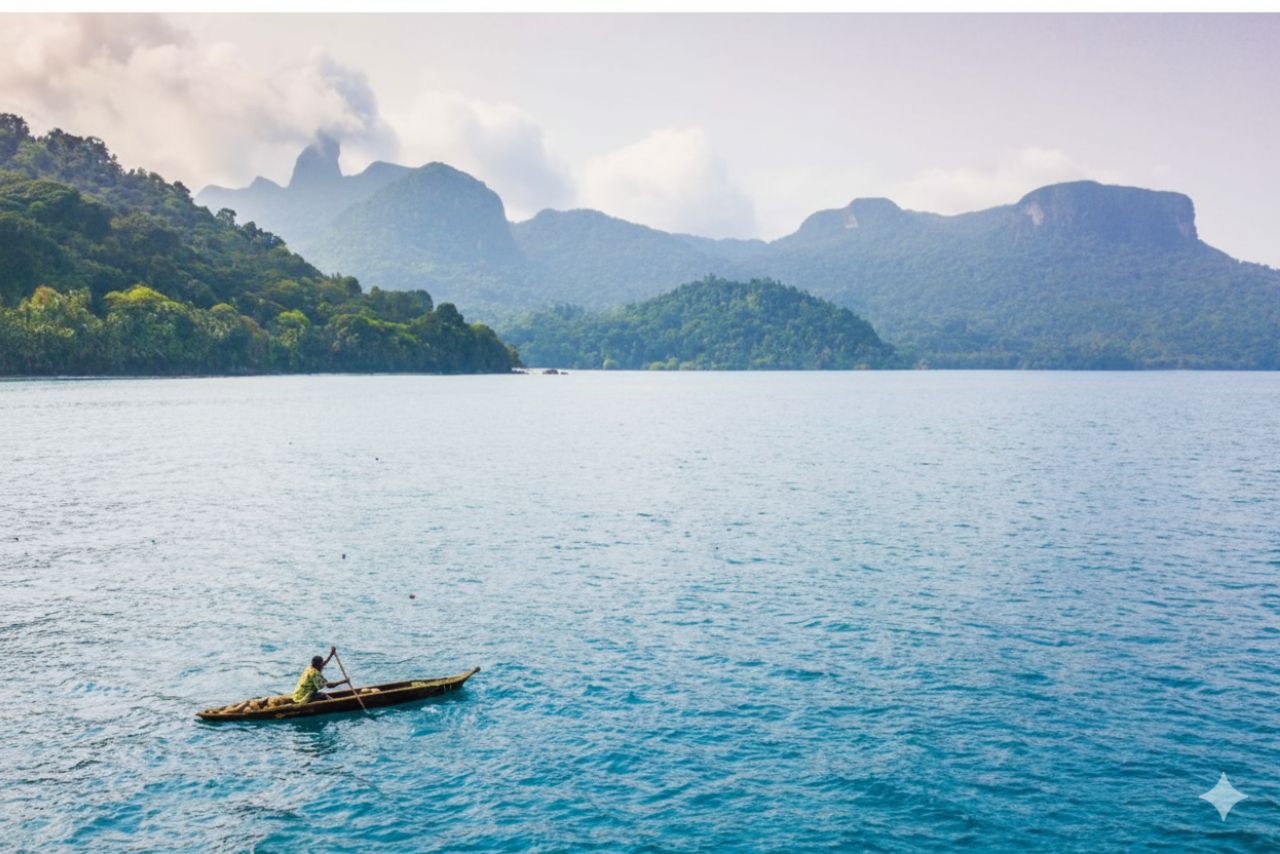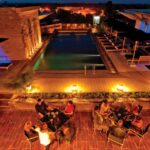São Tomé and Príncipe is one of those rare places that still feels untouched by time.
Floating quietly in the Gulf of Guinea off the coast of West Africa, this two-island nation (once a Portuguese colony and the second-smallest country in Africa) offers travelers an experience that feels both distant and deeply personal.
These volcanic islands are blessed with everything a traveler could dream of: unspoiled beaches, lush hiking trails, vibrant coral reefs, and a warm, welcoming culture.
São Tomé, the larger island, is alive with green peaks, colorful markets, and colonial charm. Príncipe, smaller and quieter, is a UNESCO Biosphere Reserve, home to rare wildlife and beaches so pristine they feel untouched by the world.
Here, life moves at a slower pace.
Locals greet you with easy smiles, the food bursts with tropical flavor, and the scenery looks like it was painted for postcards.
Yet despite its beauty, São Tomé and Príncipe remains one of Africa’s best-kept secrets, free from crowds, rich in authenticity, and waiting for curious travelers seeking both adventure and peace.
Best Time to Visit
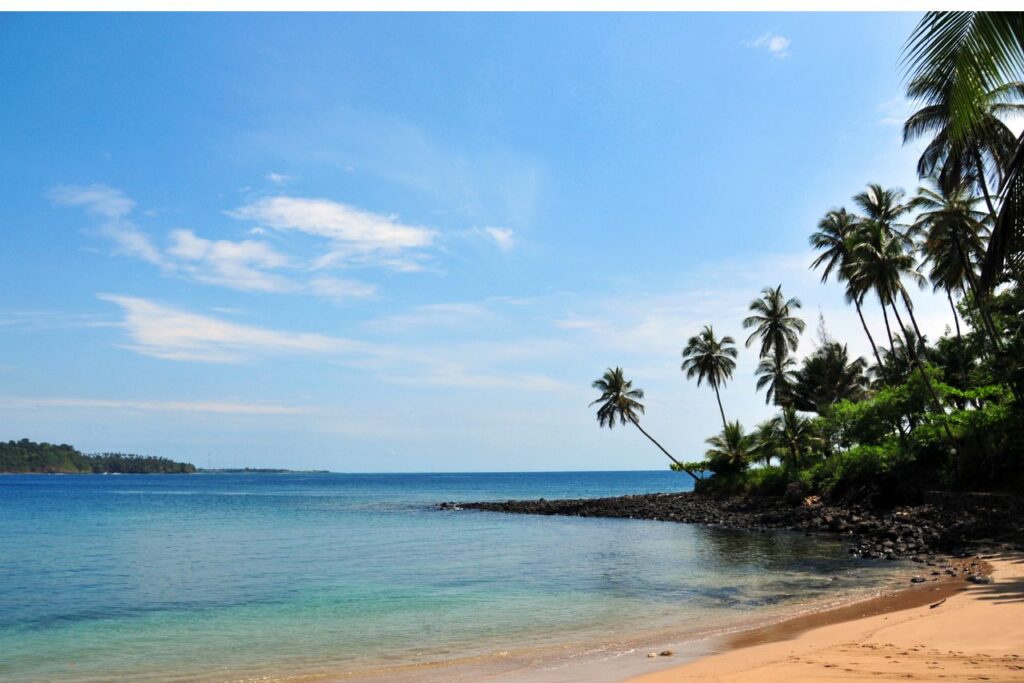
The islands have a tropical climate all year, but two dry seasons make travel easier.
The first runs from January to March, the second from July to October. These months bring sunny skies, calm seas, and excellent conditions for turtle watching, diving, and hiking.
The rainy season, April to June and October to December, transforms the islands into even greener paradises, with waterfalls roaring through the jungle.
Unlike many destinations, São Tomé and Príncipe never feels overcrowded.
Even in peak season you can find beaches without another soul in sight.
Prices vary depending on your style. Budget travelers can expect around $115 per person per day, covering food, transport, and simple stays.
Mid-range visitors should plan for $250–$300 daily, with boutique eco-lodges and guided tours included.
Luxury trips climb higher, but the experience is still more intimate than mass-market islands like the Seychelles.
São Tomé City
Colonial Charm Meets Island Life
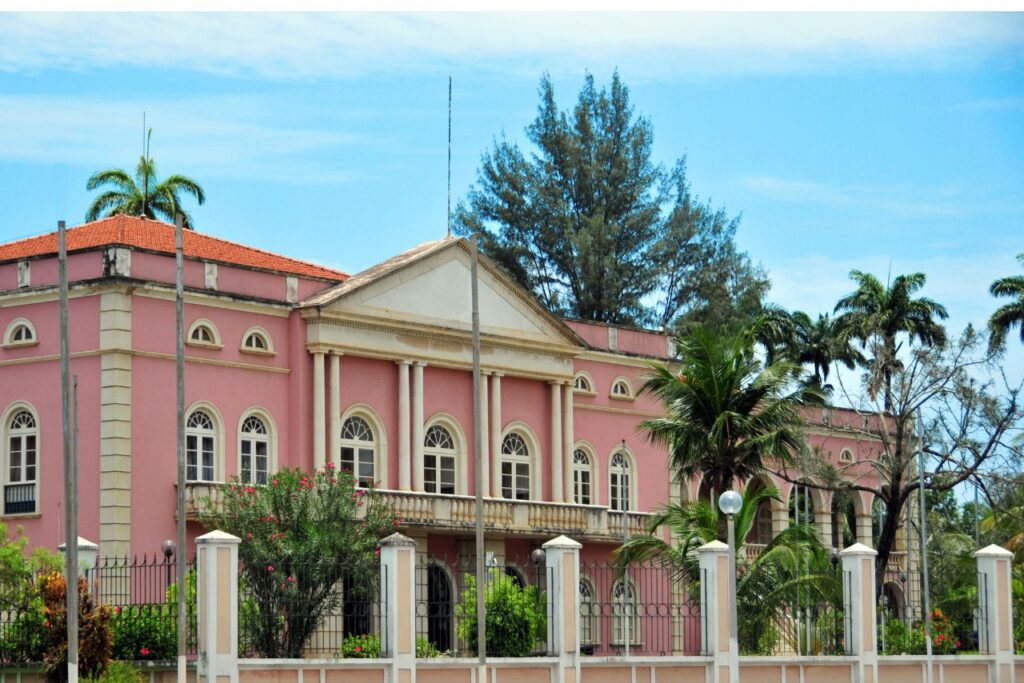
The capital, São Tomé City, is often the first stop.
On its streets you can see faded colonial homes, bright markets, and views of the sea.
Start at the Central Market, where vendors sell everything from fresh tropical fruit to handmade crafts.
Try local snacks like grilled fish with breadfruit or calulu, a fragrant stew of fish, vegetables, and palm oil. Prices are affordable, a hearty local meal can cost as little as $5 to $7.
Walk toward the seafront and you’ll find Fortaleza de São Sebastião, a 16th-century fortress now home to the National Museum.
The exhibits tell the story of Portuguese explorers, slavery, and independence. Entry is around $2, and the views from the walls stretch across the bay.
End the day at Ana Chaves Bay, watching fishermen bring in their catch as the sun sets over the water.
Cocoa Plantations and Roças
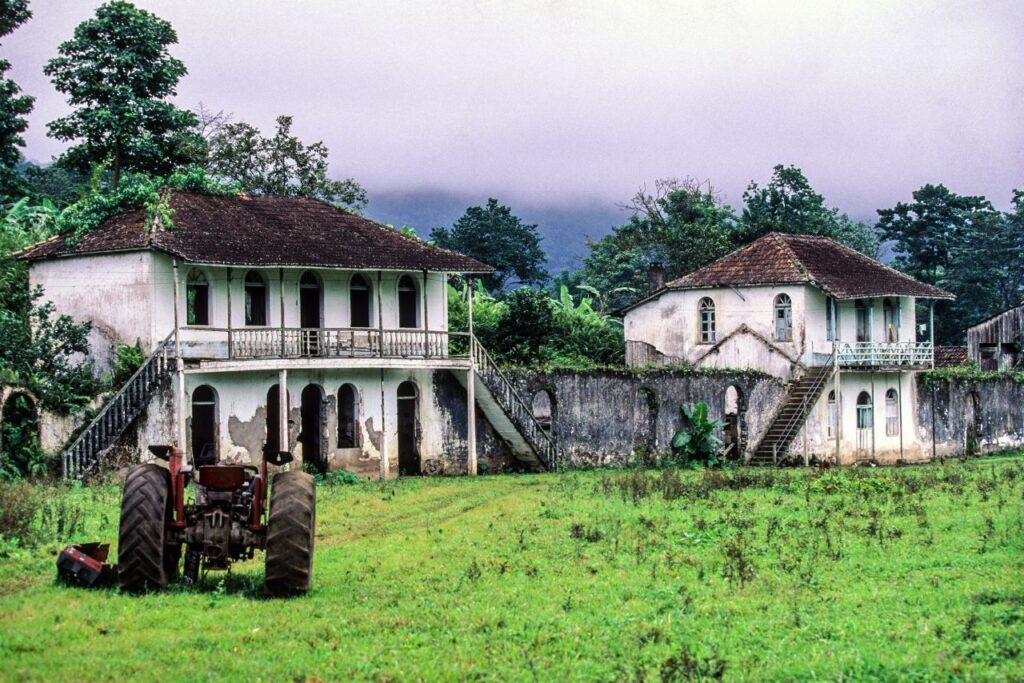
One of the most unique experiences in São Tomé and Príncipe is visiting the old roças; plantations built during the cocoa boom.
Many lie abandoned, but some have been restored as eco-lodges or cultural centers.
Roça Agostinho Neto, once the largest plantation, offers tours through its grand colonial buildings and cocoa-drying yards.
Entry costs around $3 to $5, with guides explaining the history and the bittersweet legacy of plantation life.
For an overnight stay, Roça Sundy on Príncipe Island is a highlight.
This restored estate combines history with comfort. Rooms cost from $200 per night, including meals made from local produce.
The site is also famous for the 1919 solar eclipse observations by Arthur Eddington that confirmed Einstein’s theory of relativity. Sleeping in history has never felt so close to nature.
Obo National Park
Hiking in the Heart of the Rainforest
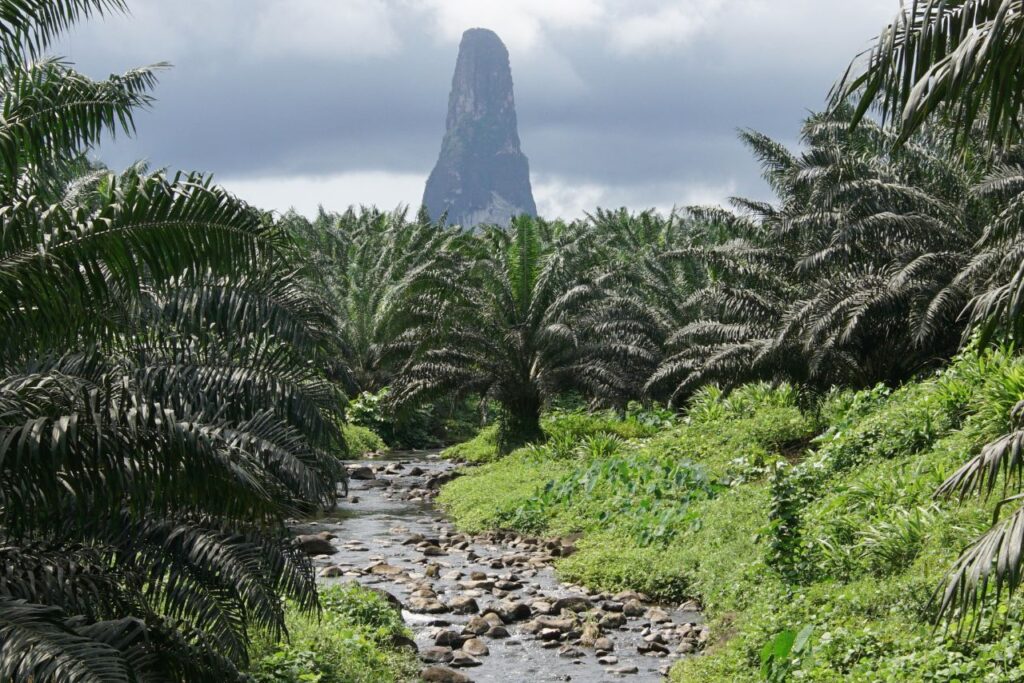
Covering one-third of the main island, Obo National Park is a playground for nature lovers.
Trails lead through dense rainforest, past waterfalls, and up volcanic peaks.
The most popular hike is to Pico Cão Grande, a needle-shaped volcanic plug that rises dramatically from the jungle.
The hike is challenging, but local guides can lead you safely. Expect to pay around $30 to $50 for a guided trek.
Birdwatchers will love this park.
São Tomé and Príncipe is home to more than 25 bird species found nowhere else on earth, including the São Tomé fiscal and the giant sunbird.
Pack binoculars, water, and good hiking shoes, the trails are steep, but the rewards are unforgettable views and encounters with wildlife that exist only here.
READ ALSO: Cape Verde Islands Guide: Best Beaches, Hiking, and Where to Stay
Beaches of São Tomé
Golden Sand and Warm Waters
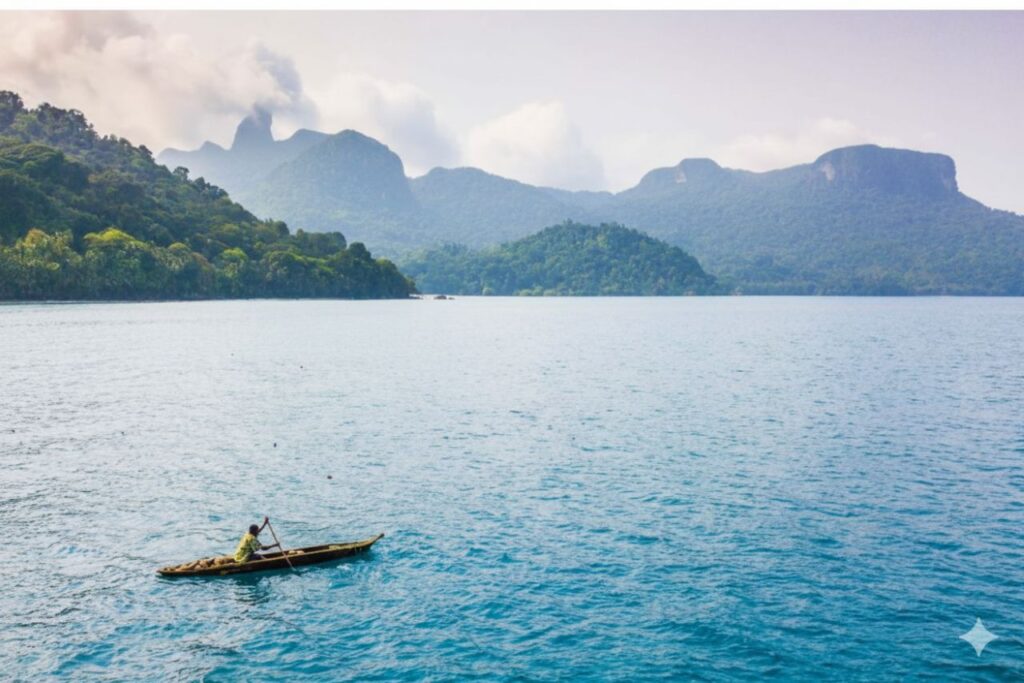
Photo source: principecollection
The beaches here are what travelers dream of; wild, empty, and framed by jungle.
On the main island, Praia Jalé is one of the most magical. From September to April, sea turtles come ashore at night to lay their eggs.
Eco-cabins on the beach cost around $20 per night, and waking up to the sound of waves is priceless.
For snorkeling and calm waters, head to Praia das Conchas or Praia Lagoa Azul, both a short drive from São Tomé City.
Local fishermen often offer boat rides for under $10. Pack a picnic, bring a good book, and spend the day in a place where time feels like it has stopped.
Príncipe Island
A UNESCO Biosphere Reserve
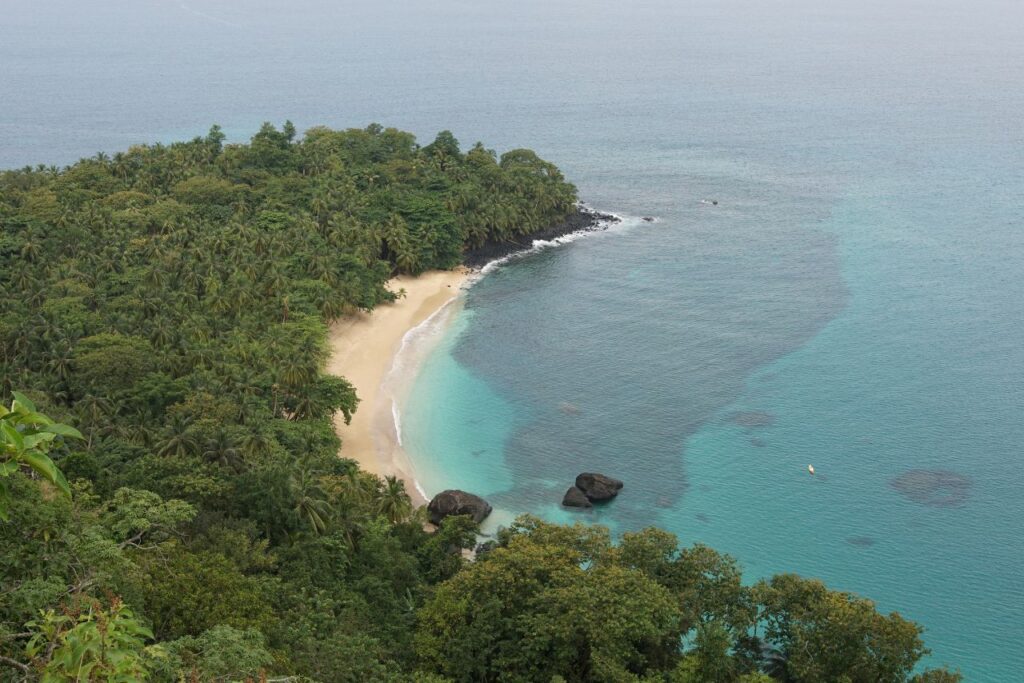
If São Tomé feels untouched, Príncipe feels otherworldly.
Just a 35-minute flight from the capital, this smaller island has fewer than 8,000 residents and has been named a UNESCO Biosphere Reserve.
Its volcanic peaks, rainforest, and coral reefs make it a paradise for explorers.
Highlights include Praia Banana, a crescent of golden sand made famous by a Bacardi rum commercial in the 1990s.
Today it remains quiet, with just a few fishing boats dotting the shore.
Another must-see is Ilhéu Bom Bom, a small islet connected to Príncipe by a wooden bridge.
Staying at Bom Bom Island Resort costs around $250 per night, but you get private beaches, guided walks, and world-class diving right at your doorstep.
Food and Flavors of São Tomé and Príncipe
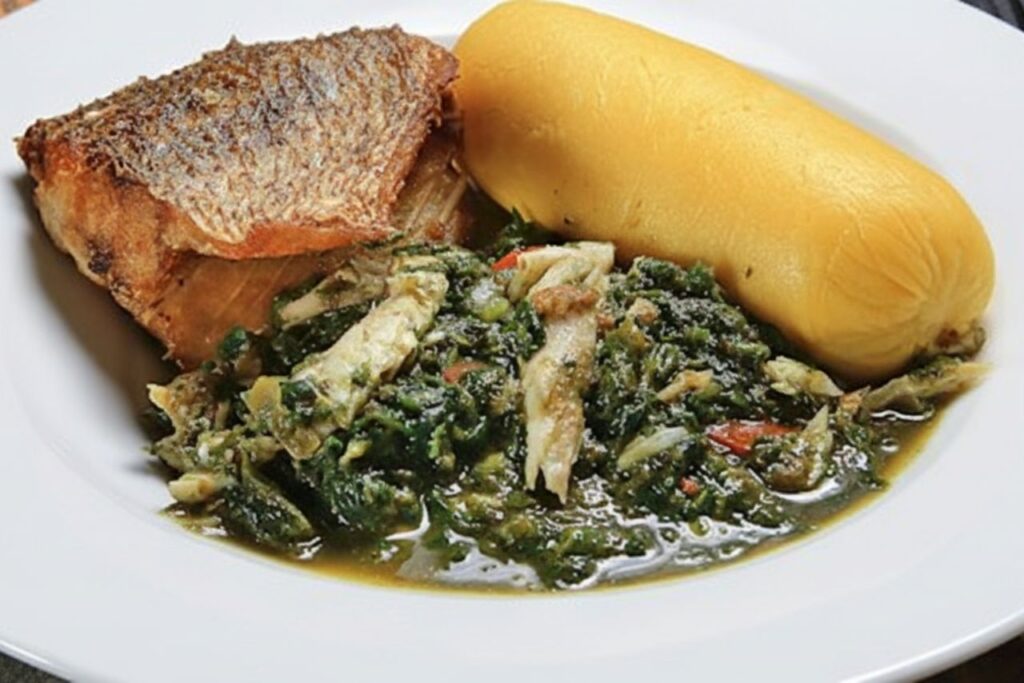
Food here is fresh, simple, and full of flavor.
Fish is the star; grilled, stewed, or smoked.
Try calulu de peixe, made with spinach, palm oil, and fish, or matabala, a dish of cassava and banana.
Street vendors sell skewers of grilled meat for about $2, while restaurants in São Tomé City serve three-course meals with wine for under $20.
Don’t miss the chocolate.
São Tomé and Príncipe is known as the “chocolate islands” thanks to its cocoa plantations.
Visit Claudio Corallo Chocolate Factory in São Tomé City, where you can sample rich dark chocolate made from local beans.
Tours cost around $10 and include tastings that will change the way you think about chocolate.
READ ALSO: Dakar City Guide (Senegal): Culture, Music, and Island Escapes
Festivals and Culture

Photo source: english.news
The São Tomé Independence Day celebrations on July 12 bring parades, music, and dance to the streets.
Despite their size, the islands have a vibrant cultural life.
Local rhythms blend African drumming with Portuguese melodies, creating a sound unique to the islands.
Visitors are welcome to join the festivities, and it’s a chance to feel the spirit of the nation.
Another highlight is the Festival de Música de São Tomé e Príncipe, held in the capital with both local and international artists.
Dates vary, but tickets are affordable, often under $15. This is a chance to see how music and dance shape everyday life here, and to connect with locals beyond the beaches and trails.
Practical Travel Tips
- Visas: Many travelers, including those from the EU and the US, do not need a visa for stays under 15 days. Longer stays require applying online.
- Currency: The local currency is the Dobra (STN). Credit cards are accepted in hotels, but cash is king in villages.
- Transport: Taxis are common in the capital and affordable (most short rides cost $2–$4). For longer trips, hire a driver or rent a 4×4, as roads can be rough outside the city.
- Language: Portuguese is official, but many people speak Creole. Learning a few Portuguese phrases goes a long way.
- Safety: São Tomé and Príncipe is one of the safest countries in Africa. Crime rates are low, and locals are welcoming. Basic precautions are enough.
Final Thoughts
Travelers searching for something rare will find it in São Tomé and Príncipe.
These islands are a place where nature still rules, where traditions stay strong, and where every sunrise feels like the beginning of a story.
The world is full of famous destinations, but few places can still be called a secret paradise. São Tomé and Príncipe is one of them.
If your heart beats faster at the thought of hidden trails, warm seas, and cultures that welcome strangers as friends, then it’s time to pack your bag.
This West African treasure is ready to meet you.

